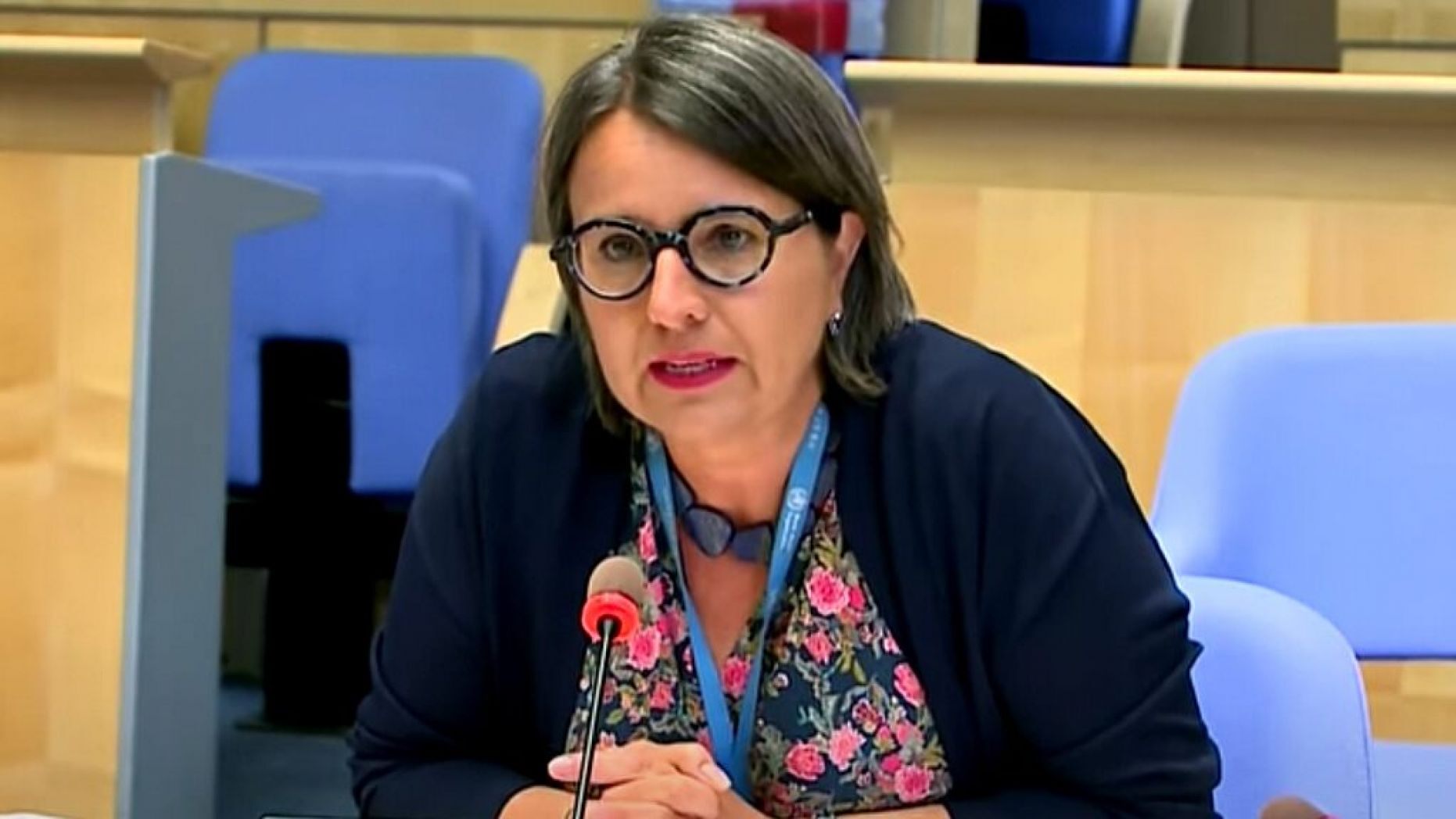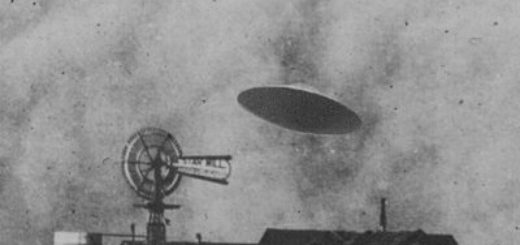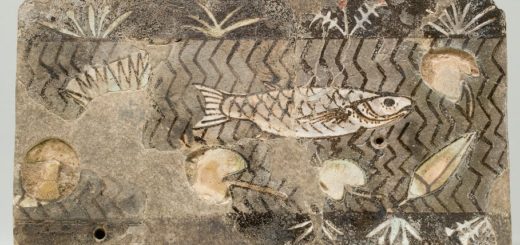‘Emerging evidence’ of coronavirus airborne transmission indicated by WHO

Leaders from the World Health Organization on Tuesday acknowledged the “emerging evidence” of the risk of airborne transmission of COVID-19.
“We acknowledge that there is emerging evidence in this field, as in all other fields regarding the COVID-19 virus and pandemic, and therefore we believe that we have to be open to this evidence and understand its implications regarding the modes of transmissions and regarding the precautions that need to be taken,” Dr. Benedetta Allegranzi, WHO’s technical lead for infection prevention and control, said Tuesday at a press conference.
The matter arose when a member of the media questioned WHO’s progress after The New York Times recently reported that 239 scientists around the world sent an open letter to the organization detailing evidence of airborne transmission. The letter called for adjusted guidelines and a greater acknowledgment of the risk of airborne transmission of COVID-19.
WHO: CORONAVIRUS ‘ACCELERATING,’ MORE TESTING NOT STRICTLY TO BLAME
Dr. Benedetta Allegranzi, WHO technical lead for infection prevention and control, said there is “emerging evidence” regarding modes of transmission for COVID-19. (Credit: WHO)
Dr. Benedetta Allegranzi, WHO technical lead for infection prevention and control, said there is “emerging evidence” regarding modes of transmission for COVID-19. (Credit: WHO)
Dr. Allegranzi said the agency has discussed the available evidence with many of the signatories over the last few months.
Dr. Maria Van Kerkhove, WHO’s technical lead on COVID-19, said the signatories, many of whom are engineers, first wrote to WHO on April 1. She added the organization has had an “active engagement” with the experts.
“We are producing a scientific brief on summarizing where we are. We’ve been working on this for several weeks now,” Van Kerkhove said, adding that WHO has engaged with epidemiologists, clinicians, engineers and other experts to try to consolidate the growing knowledge around transmission.
TEXAS DOCTORS RANK ACTIVITIES POSING GREATEST RISKS FOR CONTRACTING CORONAVIRUS
While the WHO has previously noted that airborne transmission is “possible” in certain circumstances where aerosols smaller than 5 microns are generated, such as medical procedures, Van Kerkove said on Tuesday the WHO is “looking at the possible role of airborne transmission in other settings,” like close settings with poor ventilation.
“This a respiratory pathogen,” she added, “so it is important that what we know fits into the guidance that we have, which is why a comprehensive package of interventions is required to be able to stop transmission.”
Van Kerkhove said WHO would be issuing a brief in the coming days outlining “everything we have in this area.”
Tuesday marked the same day the Trump administration submitted a notice of withdrawal from WHO to the U.N. secretary-general, a senior administration official told Fox News. The move comes after President Trump for weeks blasted the WHO’s handling of the coronavirus pandemic and what he called its pro-China bias.
The White House also notified congressional lawmakers Tuesday of the official removal, effective July 2021.
CLICK HERE TO GET THE FOX NEWS APP
Trump first announced that the U.S. would back away from the organization in late May. “Because they have failed to make the requested and greatly needed reforms, we will be today terminating our relationship with the World Health Organization and redirecting those funds to other worldwide and deserving urgent global public health needs,” Trump told reporters at a Rose Garden event.



 Creators of mankind
Creators of mankind Description of “Tall white aliens”
Description of “Tall white aliens” Where they came from?
Where they came from? About hostile civilizations
About hostile civilizations The war for the Earth
The war for the Earth “Tall white aliens” about eternal life
“Tall white aliens” about eternal life Video: “Nordic aliens”
Video: “Nordic aliens” Aliens
Aliens Alien encounters
Alien encounters The aliens base
The aliens base UFO
UFO Technology UFO
Technology UFO Underground civilization
Underground civilization Ancient alien artifacts
Ancient alien artifacts Military and UFO
Military and UFO Mysteries and hypotheses
Mysteries and hypotheses Scientific facts
Scientific facts


















